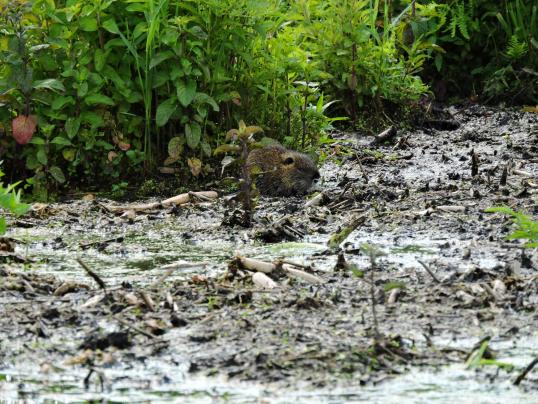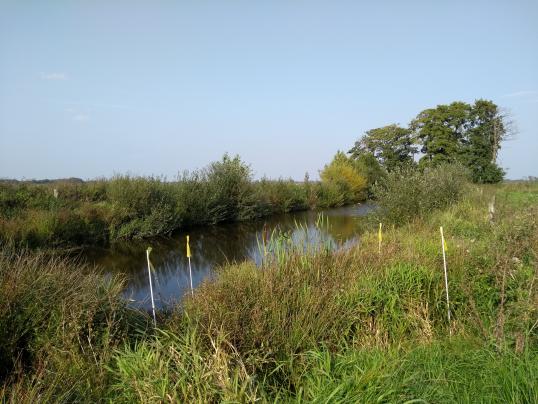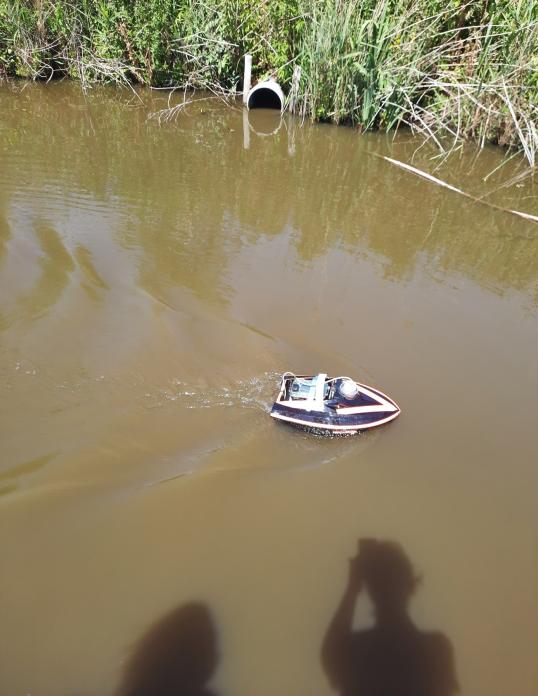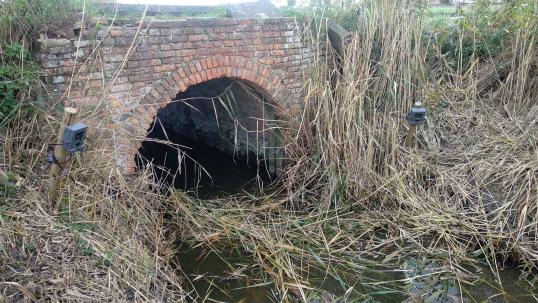About the finalist
| Lead applicants | Institute for Terrestrial and Aquatic Wildife Research, University of Veterinary Medicine Hannover; Waterschap Rivierenland (WSRL) |
| Category | Cross-border cooperation |
| Countries involved | Belgium, Germany and the Netherlands |
| Main Natura 2000 sites | 28 Natura-2000 sites in Belgium, the Netherlands and Germany, including Rottige Meenthe & Brandemeer, Dümmer and Krekengebied |
| Website | https://lifemica.eu/ |
Overview
Invasive alien species (IAS) pose an important threat to biodiversity and cost the EU billions of euros every year. New methods for managing emerging and established IAS are therefore urgently needed.
Muskrat and coypu, as probably the most aggressive invasive mammals, have a significant negative environmental footprint. Their burrowing habits lead to habitat destruction and erosion, disrupting riverside ecosystems. They outcompete native wildlife, damage crops and weaken infrastructure, increasing flood risks. Additionally, they carry diseases, posing health hazards.
Funded by the EU LIFE programme and led by the Netherlands Water Management Board, this initiative addressed the problems posed by these two IAS through a cross-border cooperation between experts from Belgium, Germany and the Netherlands, and a variety of partners (universities, research institutes, regional authorities, chambers of commerce).
The initiative developed and tested innovative and effective methods for monitoring and managing these invasive alien mammals in 28 Natura 2000 sites. A cross-border intervention team successfully managed and monitored the presence of both species in the project area, resulting in impressive direct conservation benefits. These include reed-bed recovery along the water courses where actions were deployed, and stabilised populations of freshwater mussels and Little and Eurasian bittern. In addition, the recovery of riverside ecosystems enhanced flood resilience, benefiting 100,000 residents in neighbouring communities.
The methods implemented included various innovative techniques, such as using environmental DNA (eDNA) to detect IAS in water samples, mapping and sequencing the DNA of trapped muskrat to determine migration routes, using artificial intelligence (AI) to identify species detected via camera tracking, developing smart live-traps that only capture target species and avoid bycatch, and creating a dashboard to visualise data on monitoring and trapping of coypu and muskrat.
This collaboration has delivered outstanding results, and a new project aimed at joint management, database registration, early warning systems and management tools for controlling these two IAS in larger areas, as well as adapting the tools developed for containing other species (e.g. the beaver) is now being planned.
Furthermore, the project results have already been communicated and disseminated to a range of relevant stakeholders, and the techniques developed are ready for transfer to and replication in other areas impacted by IAS.
Pictures from the finalist
Details
- Publication date
- 14 March 2024
- Author
- Directorate-General for Environment






